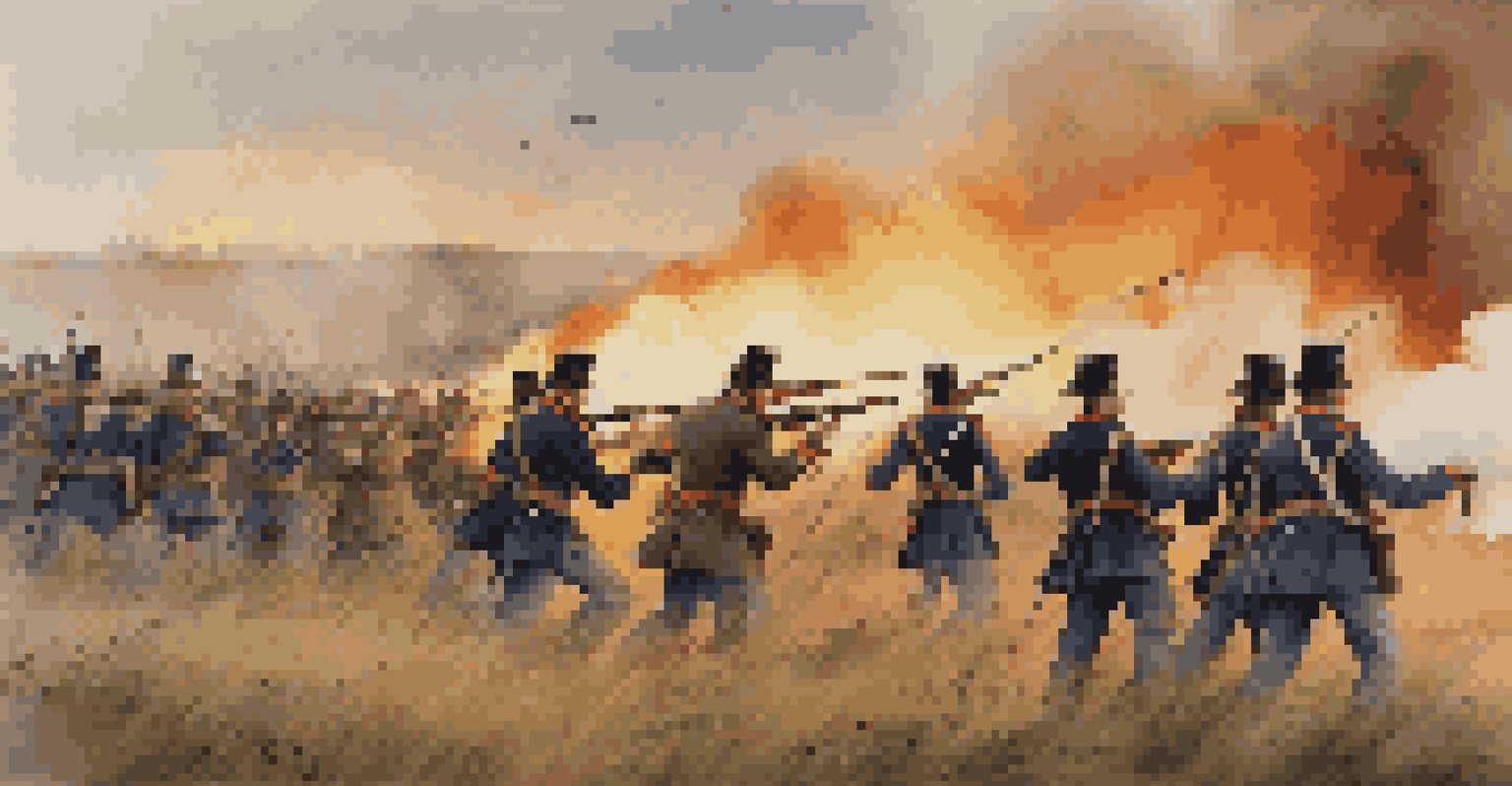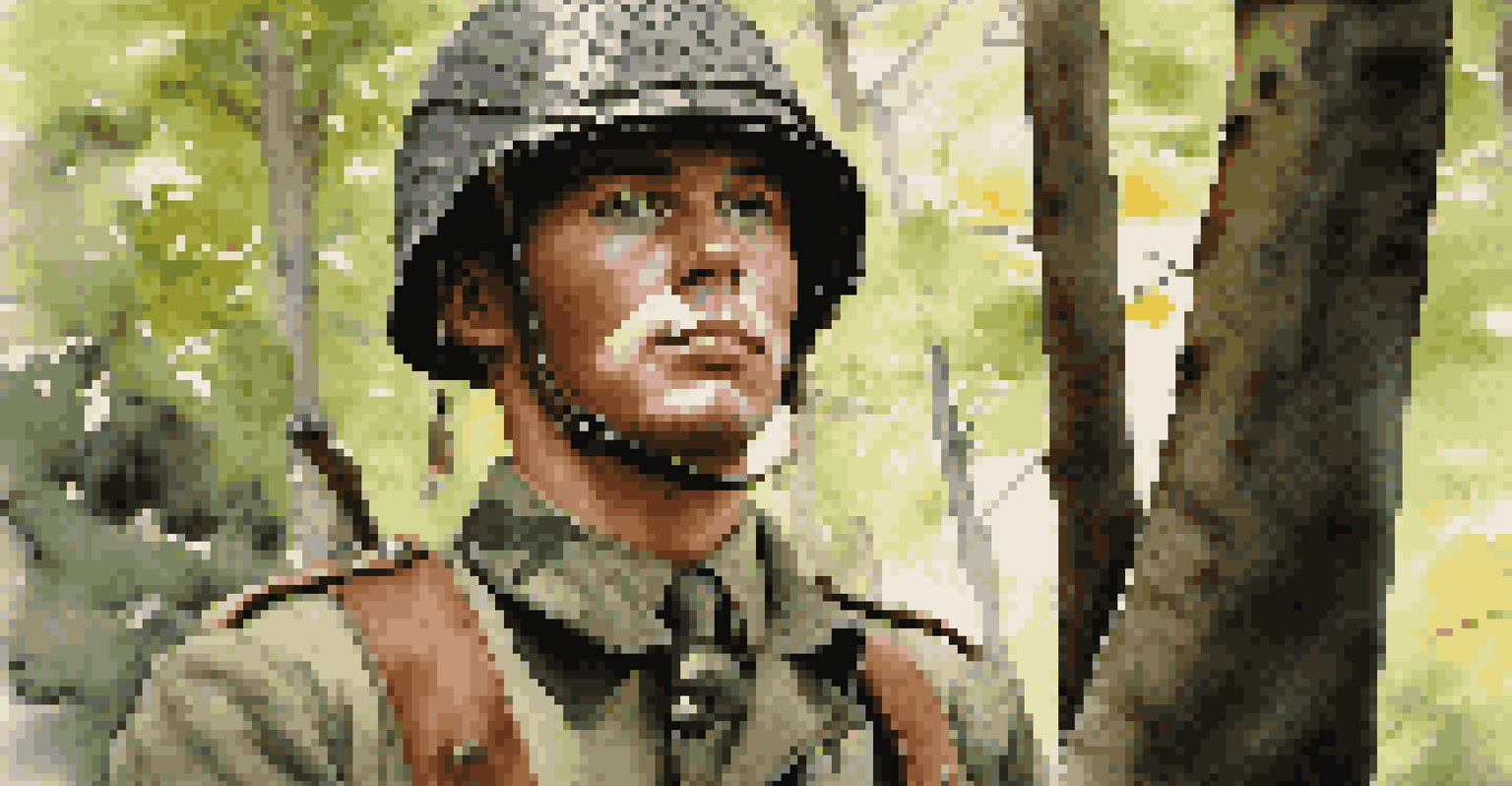Historical Reenactments: Learning History Through Travel

What Are Historical Reenactments?
Historical reenactments are immersive experiences where participants recreate events from the past. They can range from small gatherings to large-scale events that draw thousands of spectators. These reenactments often focus on significant battles, cultural festivals, or everyday life in historical periods, giving viewers a vivid glimpse into history.
History is not a burden on the memory but an illumination of the soul.
Imagine walking through a bustling medieval market, where vendors shout about their wares and townsfolk barter for goods. This is not just a scene from a movie but a moment brought to life through reenactment. Participants dress in period-appropriate clothing, use historical tools, and sometimes even speak in the dialects of the time, making the experience all the more authentic.
Through these events, history becomes tangible and relatable. Instead of reading about events in a textbook, visitors can see, hear, and sometimes even taste history, making it a unique way to learn about the past.
The Benefits of Learning Through Reenactments
One of the main benefits of historical reenactments is that they make learning engaging and interactive. When you're part of a reenactment, you're not just a passive observer; you're actively involved in the experience. This hands-on approach often leads to better retention of information because it engages multiple senses.

For instance, if you participate in a Civil War reenactment, you may learn about the strategies used in battle while also feeling the weight of the uniform and hearing the sounds of cannon fire. This sensory involvement creates a lasting impression, helping to solidify historical knowledge.
Engaging Learning Through Reenactments
Historical reenactments make learning interactive and memorable by immersing participants in sensory experiences.
Furthermore, these events foster a sense of community among participants and spectators alike. People come together, sharing stories and insights about history, which can lead to deeper discussions and a more nuanced understanding of the past.
Traveling to Historical Reenactment Events
Traveling to reenactment events offers a unique opportunity to explore new places while diving into history. Many towns and cities host annual reenactments that celebrate local heritage, allowing visitors to experience the culture and history of the area. This adds an extra layer of excitement to your travels.
The past is never dead. It's not even past.
For example, visiting Gettysburg for a reenactment not only lets you witness a pivotal moment in American history but also allows you to explore the surrounding landscapes and museums. Each location often has its own stories to tell, making the trip both educational and enjoyable.
Moreover, traveling for these events often leads to discovering hidden gems, from quaint bed-and-breakfasts to local eateries that serve traditional dishes. This way, your journey becomes a delightful blend of education and adventure.
Connecting with History Enthusiasts
Attending historical reenactments is a fantastic way to meet people who share your interests. You'll find a diverse group of individuals, from seasoned reenactors to curious spectators, all eager to share their passion for history. This communal atmosphere fosters friendships and can lead to long-lasting connections.
Engaging with fellow history buffs can enhance your understanding of specific events or periods. Many reenactors are well-versed in their chosen historical period and can provide insights that you may not find in textbooks or documentaries. Their enthusiasm can spark new interests and motivate you to dive deeper into historical research.
Community and Connection in History
Reenactments foster a sense of community among history enthusiasts, creating opportunities for friendships and deeper discussions.
Additionally, these connections can lead to opportunities for participation in future reenactments, creating a sense of belonging within a vibrant community dedicated to preserving history.
The Role of Authenticity in Reenactments
Authenticity is a crucial element in historical reenactments, as it helps to create a believable and immersive experience. Reenactors often spend considerable time researching their chosen period to ensure that their costumes, tools, and even dialogue are as accurate as possible. This commitment to detail enhances the overall experience for everyone involved.
For instance, during a World War II reenactment, participants might use original equipment and vehicles to recreate specific battles. This level of authenticity not only honors the history being represented but also adds depth to the experience, allowing spectators to appreciate the realities of that era.
However, striking a balance between authenticity and accessibility is important. While many reenactors strive for historical accuracy, they also understand the need for engaging performances that entertain and educate audiences. This thoughtful approach ensures that reenactments remain enjoyable while still being rooted in history.
Challenges Faced by Reenactors
While historical reenactments are enriching experiences, they come with their own set of challenges. One significant hurdle is the financial cost associated with creating authentic costumes and props. Many reenactors invest a lot of time and money into ensuring their gear reflects the historical period they're portraying.
Additionally, organizing large-scale events requires thorough planning, coordination, and sometimes even permits from local authorities. This can be overwhelming for small groups or individuals who are passionate about reenacting but may not have extensive organizational experience.
Authenticity Enhances Historical Events
The commitment to authenticity in reenactments enriches the experience, allowing spectators to appreciate the realities of the past.
Despite these challenges, the passion for history and community often outweighs the obstacles. Many reenactors are more than willing to share tips and resources, fostering an environment of support that helps newcomers navigate the complexities of reenactment.
The Future of Historical Reenactments
As society continues to evolve, so too does the world of historical reenactments. With advancements in technology, such as virtual reality and augmented reality, there are new possibilities for how we can experience history. These innovations could complement traditional reenactments by providing additional layers of interaction and immersion.
Moreover, as people seek more inclusive representations of history, reenactments are beginning to incorporate diverse perspectives and narratives. This shift allows for a more comprehensive understanding of historical events, making them relevant to a broader audience.

The future of historical reenactments looks promising, with opportunities for growth and innovation. By embracing change while respecting tradition, reenactors can continue to captivate and educate audiences, ensuring that history remains alive and relevant for generations to come.